The worst cooking advice ever
Words of wisdom or cautionary tales?
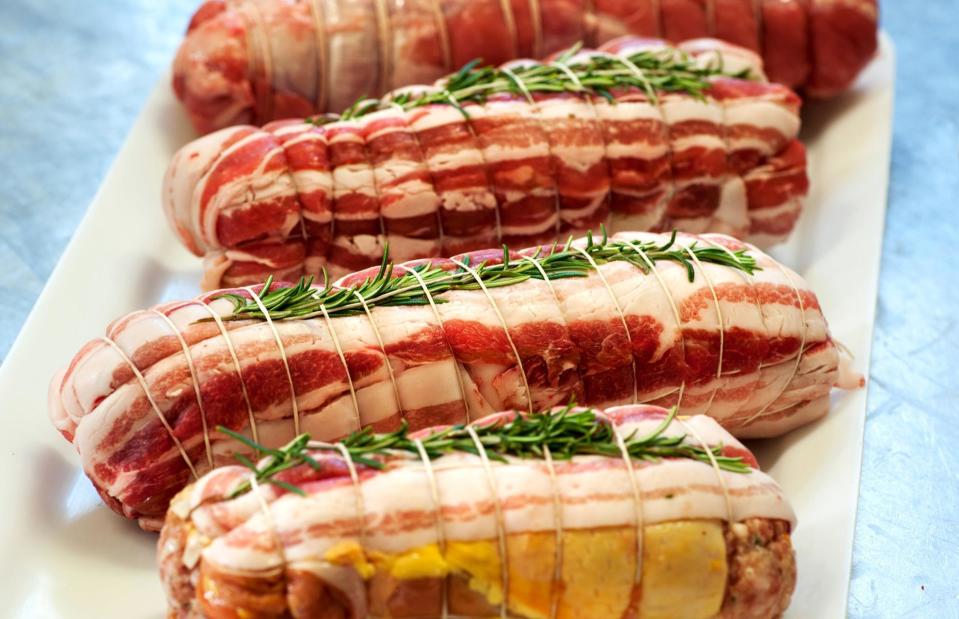
Photology1971/Shutterstock
Think the secret to great cooking is simply following the recipe? Think again. From disastrous dishes dating back to the Middle Ages to terrible tips from world-famous cookbooks and celebrity chefs, this is the worst cooking advice of all time. Take the asbestos out of the kitchen, put away the catnip and approach these pearls of gastronomic wisdom from history with caution.
1300s: Let your meat go mouldy
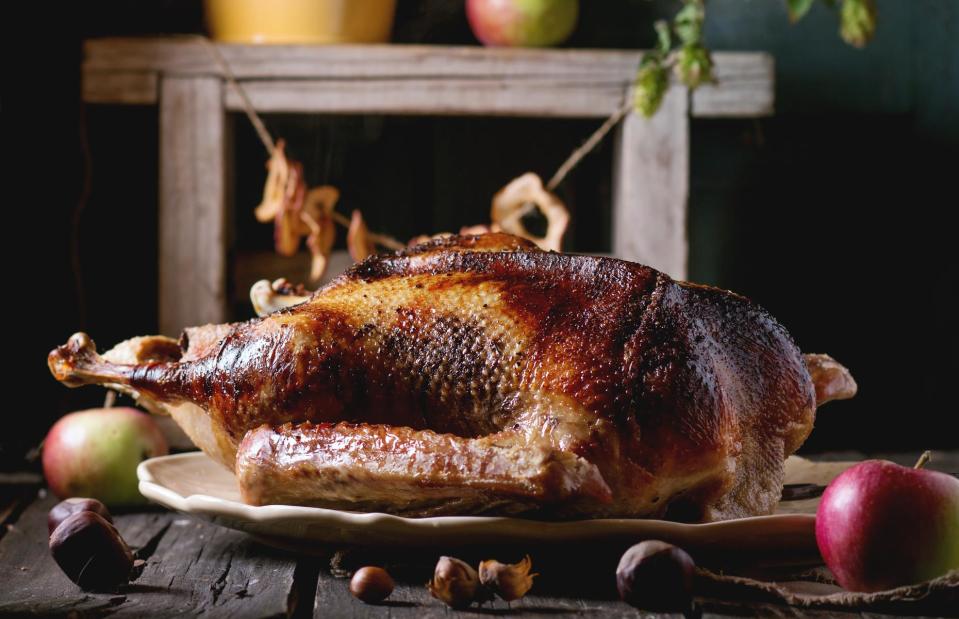
Natasha Breen/Shutterstock
Who better to look to for cooking advice than French chef Guillaume Tirel, better known as Taillevent, and credited as one of the founders of haute cuisine? His acclaimed 14th-century recipe collection, Le Viandier, transformed feasting at the French court. Not only do its pages advocate roasting peacock and swan, but keeping cooked meat for a month: just "remove the mould and you will find it white, good and solid underneath".
1300s: Disguise old wine with ginger and turmeric
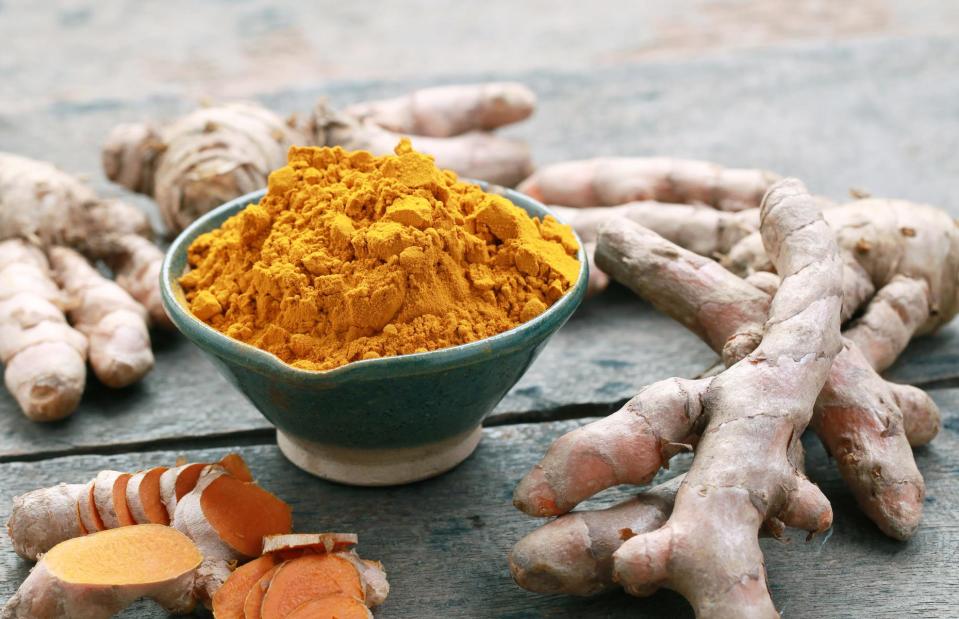
Trapong Srichaiyos/Shutterstock
Although it’s unlikely France’s first superstar chef penned Le Viandier himself, it contained plenty of detailed tips he had gleaned working with the luxury ingredients of the time. Among them a bemusing solution for disguising gone-off wine as fresh by beating in ground ginger and turmeric, then letting the mixture settle before drinking.
1300s: Use eight eggs for one omelette
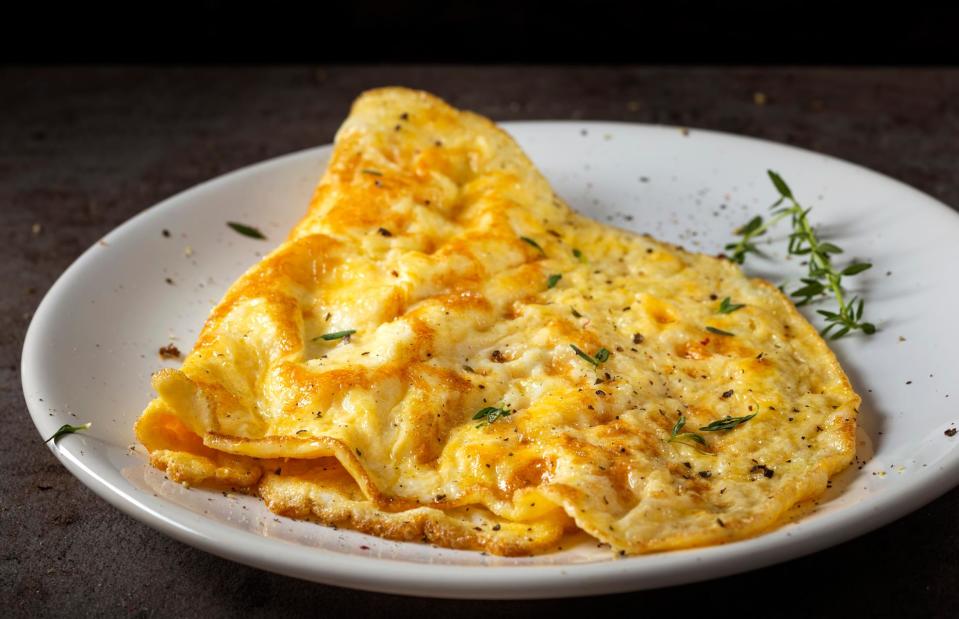
Sebastian Studio/Shutterstock
Around the same time in the late 1300s, cookery advice was also put into print in medieval household manual Le Ménagier de Paris, sometimes known as The Good Wife's Guide. Said to have been compiled by an ageing Parisian for his 15-year-old bride, it encapsulates the era’s everyday excess. The instructions for a basic omelette? Eight eggs (both whites and yolks) combined with the leaves of sweet marjoram, fennel, parsley, celery, mint and sage.
1300s: Substitute eggs for ground eels

Picturepartners/Shutterstock
The other chapters in Le Ménagier de Paris range from tips on hiring servants to hosting lavish feasts, and include recipes for the likes of spit-roast porpoise and hedgehog with wild duck sauce. Perhaps equally perturbing are 14th-century versions of culinary "hacks", such as substituting the mashed flesh of boiled eels mixed with saffron, white wine and sugar for eggs to make a sweet flan during Lent.
1440s: Serve salty jam on toast
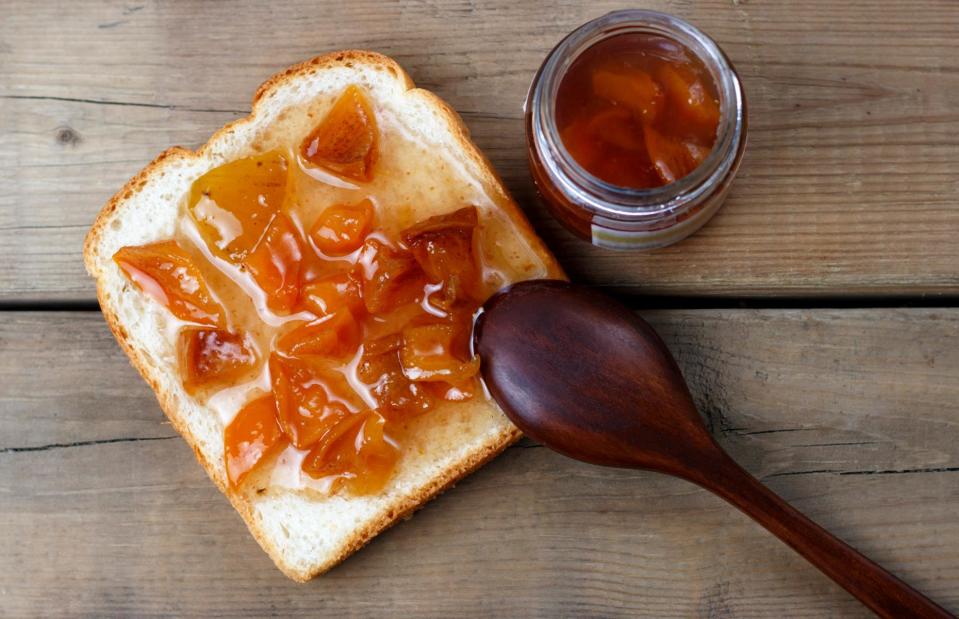
TanyaKim/Shutterstock
Around 1440, 50 years after the first cookbooks were created in France, 180 or so recipes were recorded in The Forme of Cury, the oldest known English-language cookery book. According to the British Library’s translation, several can be seen as precursors to modern dishes. Although luckily these days you’re more likely to see your "tostee" topped with marmalade than a sweet-and-savoury jam made from ‘wyne, hony and gyngur’ (wine, honey and ginger) and seasoned with salt and pepper.
1600s: Preserve butter in a bog
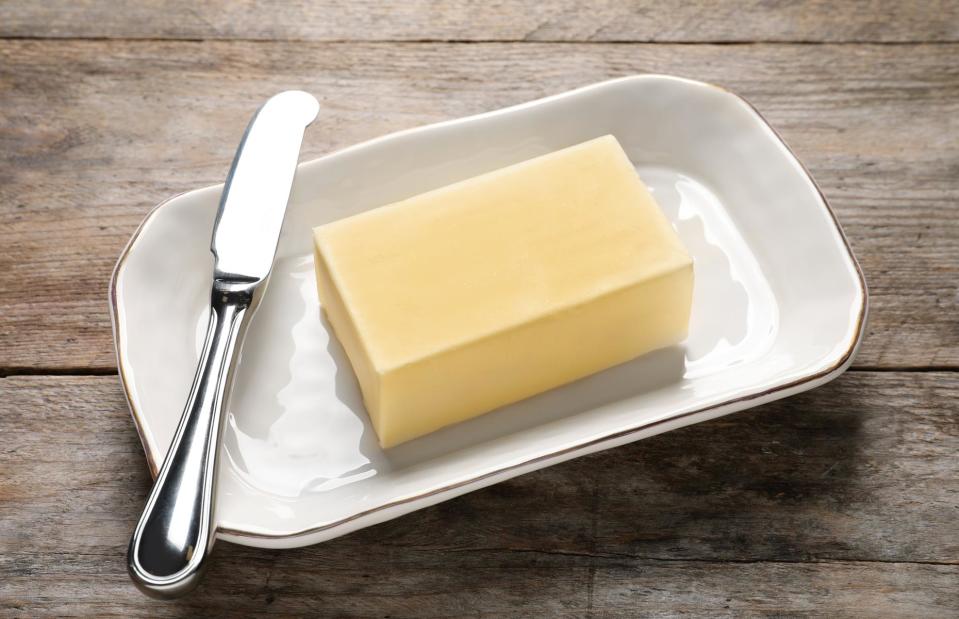
New Africa/Shutterstock
If you had to guess what archaeologists unearthed from a bog in County Meath, butter might be the last thing you would expect – yet more than 300 buried butter pats have been dug up across Ireland and Scotland. It’s thought that this ancient preservation technique dates back to 600 BC, although more recent finds come from the 1600s and 1700s.
1740s: Use catnip as an aphrodisiac
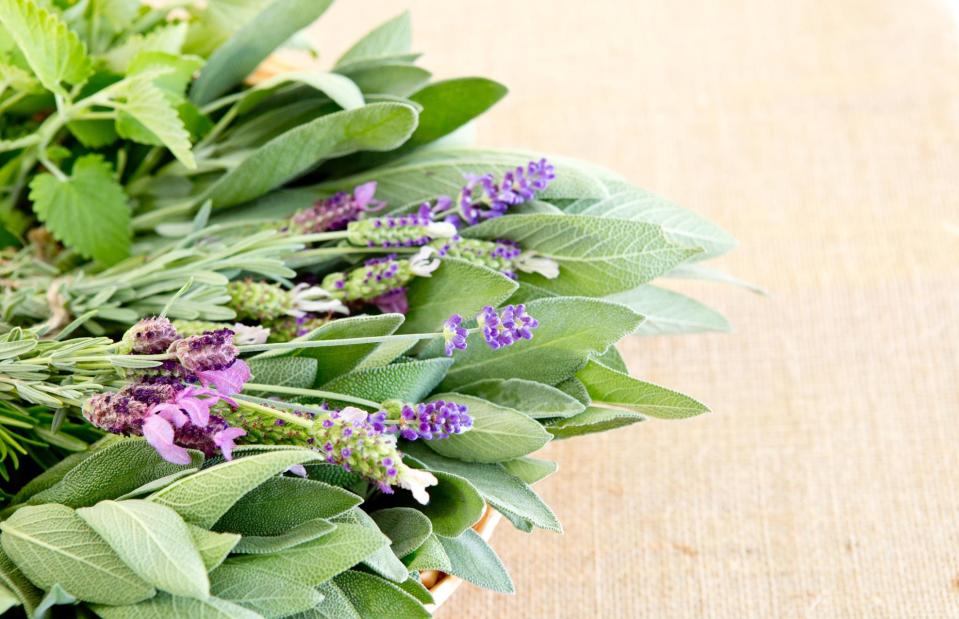
CreativeFireStock/Shutterstock
By the mid-1700s, aphrodisiacs were on the menu. Eliza Smith’s The Compleat Housewife was the first cookbook to be printed in the United States in 1742, following its London debut some 20 years earlier. Its soups, puddings, cakes and conserves went on to become American staples. Numerous medicines and salves also featured on its pages, including this unlikely tonic to "promote breeding": three pints of good ale, spiked with catnip, dates, raisins and three whole nutmegs.
1740s: Beat cake mix for two hours
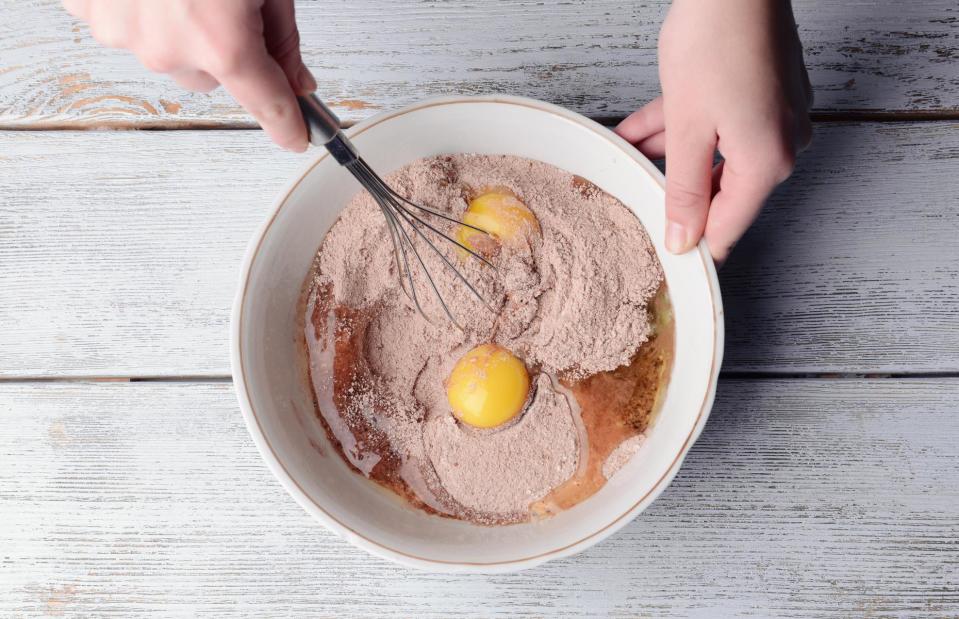
Africa Studio/Shutterstock
Before the electric whisk was invented, making cakes was tough work – although it’s hard to believe the two hours of beating Hannah Glasse recommended for a seed cake in her 1747 book The Art of Cookery was really necessary. The recipe also called for 35 eggs and three hours in the oven, as well as the "finest flour" and double-refined sugar.
1740s: Serve hamburgers on porridge
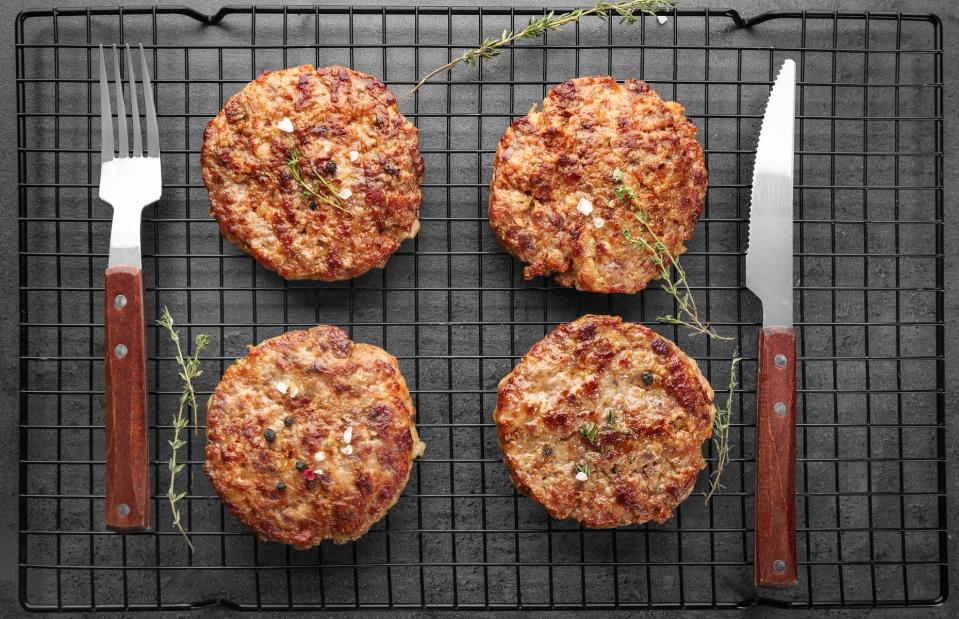
Africa Studio/Shutterstock
Seed cake aside, Hannah Glasse’s Georgian tome was renowned for its approachability. A servant herself, she wrote in simple language that other cooks would understand. Her most famous invention was the "hamburgh sausage", a recipe which is thought to have formed the basis for the modern hamburger. It was best served, she noted, with pease porridge (a traditional English dish made from lentils) on toast or in an omelette.
1780s: Lick eggs to check their freshness
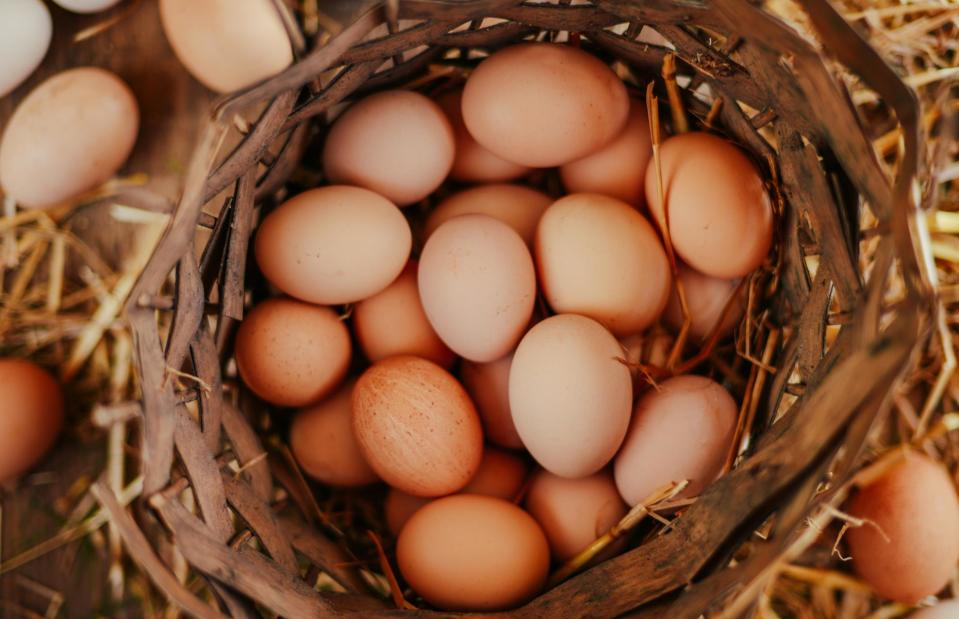
ch_ch/Shutterstock
Tips on how to shop for ingredients were common in early cookbooks, including Richard Briggs’ 1788 The English Art of Cookery. The one-time chef of London’s Globe Tavern and Temple Coffee House advised that "to choose eggs properly, you must put the thick end to your tongue". Warm eggs were said to be fresh and cold eggs stale – although unless the eggs were just laid, quite how this technique worked is hard to say.
1780s: Deep-fry eggs in butter
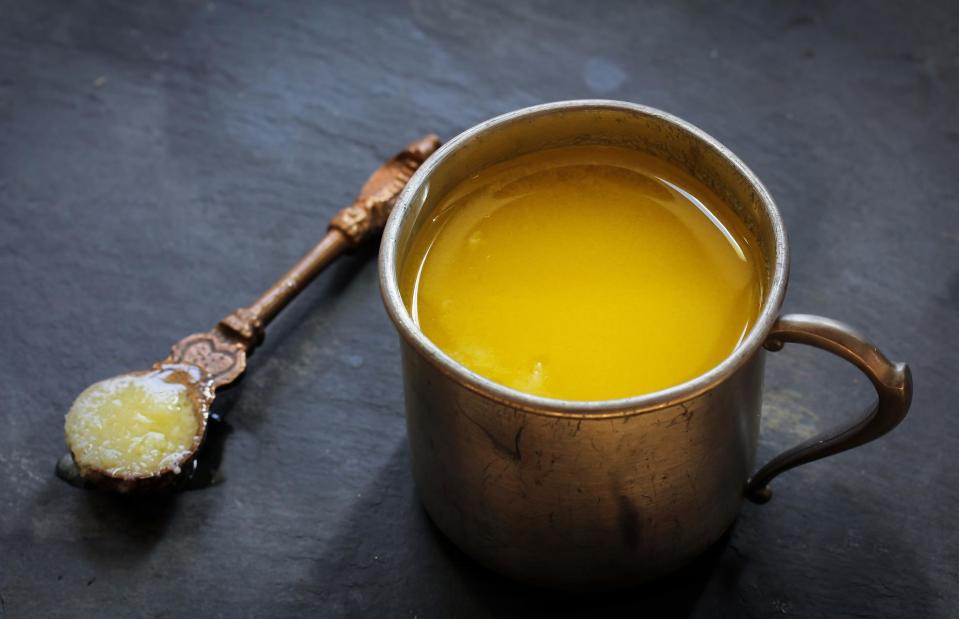
vm2002/Shutterstock
Once you’ve found some fresh eggs, Briggs has plenty of ideas for how to cook them. Buttered eggs on toast and "aumlet" (omelette) with Parmesan could be straight out of a modern recipe book. "Eggs fried as round as balls" are further from today’s brunch staples. These were deep-fried in clarified butter, left to sit for half an hour and garnished with slices of Seville oranges.
1790s: Never expose salmon to the moon
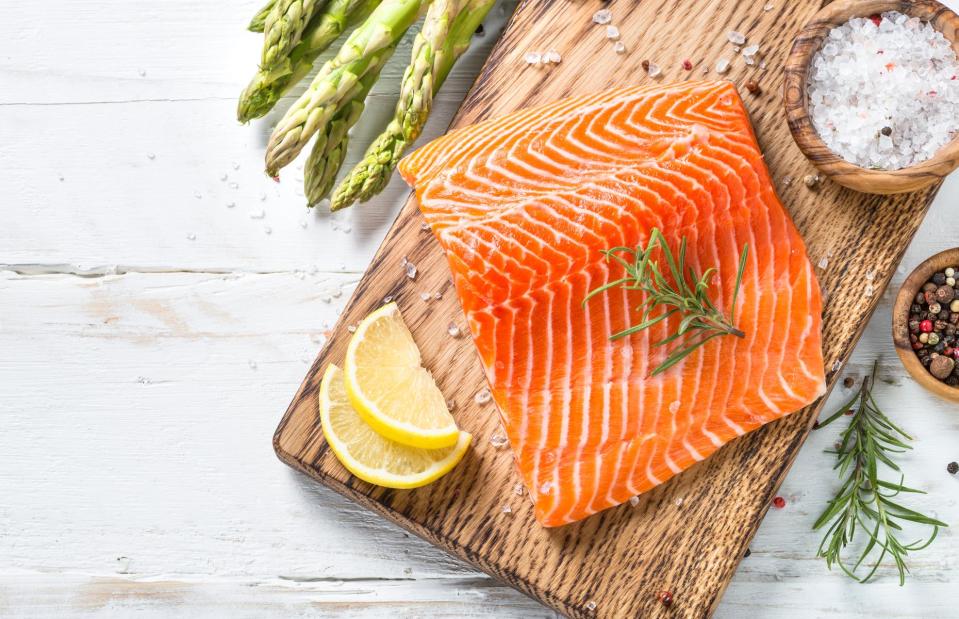
nadianb/Shutterstock
Popularised in the US shortly after The Compleat Housewife in 1796, The First American Cookbook is the first known cookbook to have been both written and published in America. Its advice extended not just to cooking, but to storing ingredients. Salmon, it is noted in the preface, is not only "ameliorated by being three or four days out of water" but should be kept away from heat and the moon, which "has much more injurious effect than the sun".
1790s: Milk a cow mid-recipe
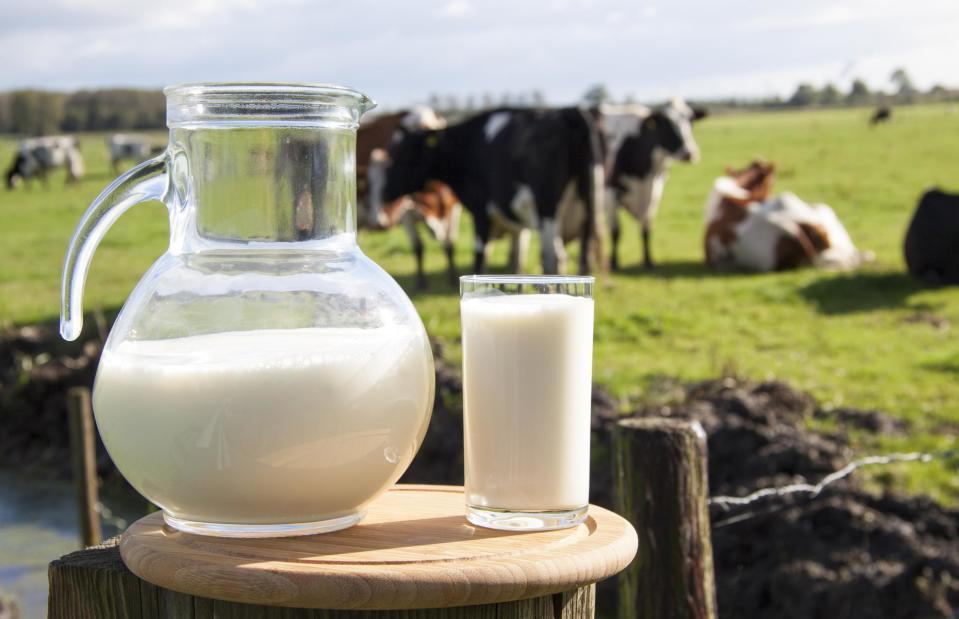
aquariagirl1970/Shutterstock
When it comes to cookery techniques, The First American Cookbook’s author Amelia Simmons is just as precise. The best way to make a fine syllabub, she counsels, is to directly "milk your cow into your liquor" mid-way through the recipe. This creamy and boozy dessert is then finished with sugar, grated nutmeg and "the sweetest cream you can get". Back in England, it’s even alleged Charles II kept cows near Buckingham Palace for this purpose.
1790s: Roast and stuff cows’ udders
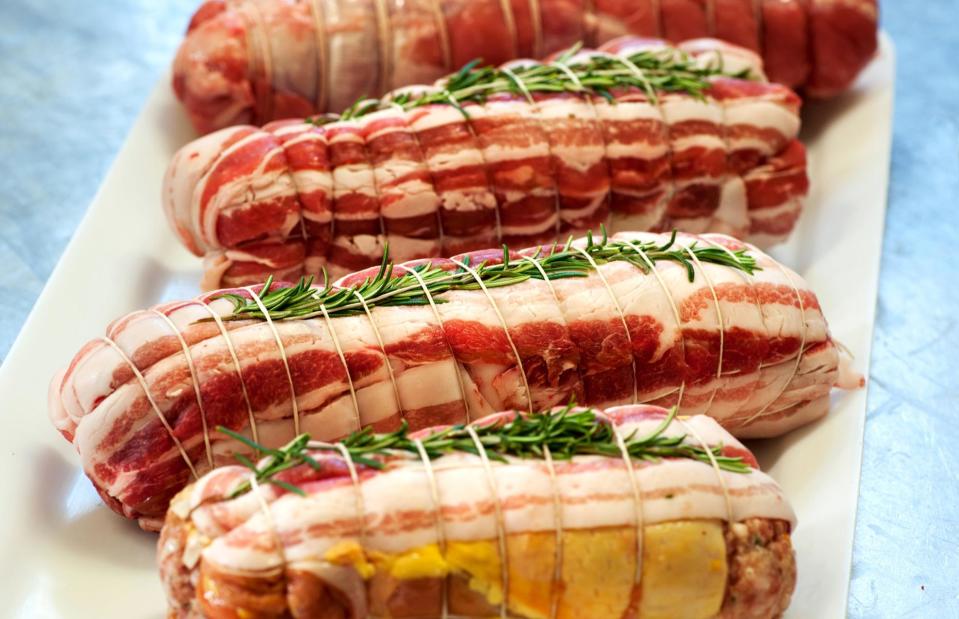
Photology1971/Shutterstock
You only need to look to 18th-century kitchen manual A Practical System of Modern Domestic Cookery, published around the same time as The First American Cookbook, to discover another use for cows’ udders. It recommends stuffing the "fleshy part" of the udders with marrow, breadcrumbs and herbs, then serving alongside roast veal. Missing a finishing touch? Garnish with sliced lemon peel.
1860s: Make tea from raw beef
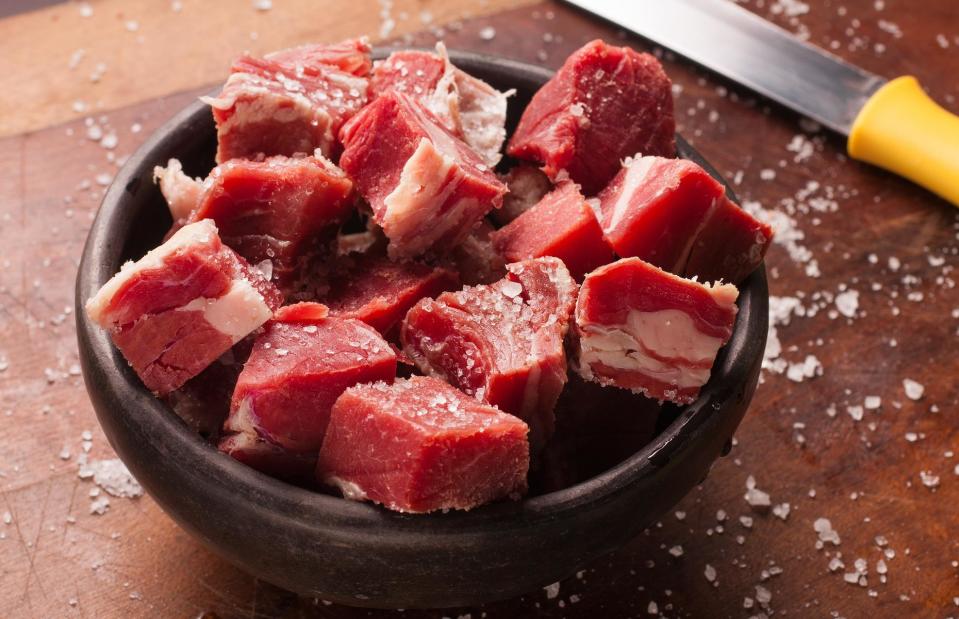
Rodrigobark/Shutterstock
Victorian Britain was no less revolutionary in the kitchen. The most celebrated book of the time was Mrs. Beeton's Book of Household Management, published in 1861. In its first year it outsold Charles Dickens' Great Expectations, introducing health-giving concoctions like the toast-in-toast sandwich, egg wine and raw beef tea. The latter was made by steeping lean beef and salt in cold water and was said to "supply all that is necessary to sustain life during long periods of illness or inactivity".
1860s: Boil pasta for an hour
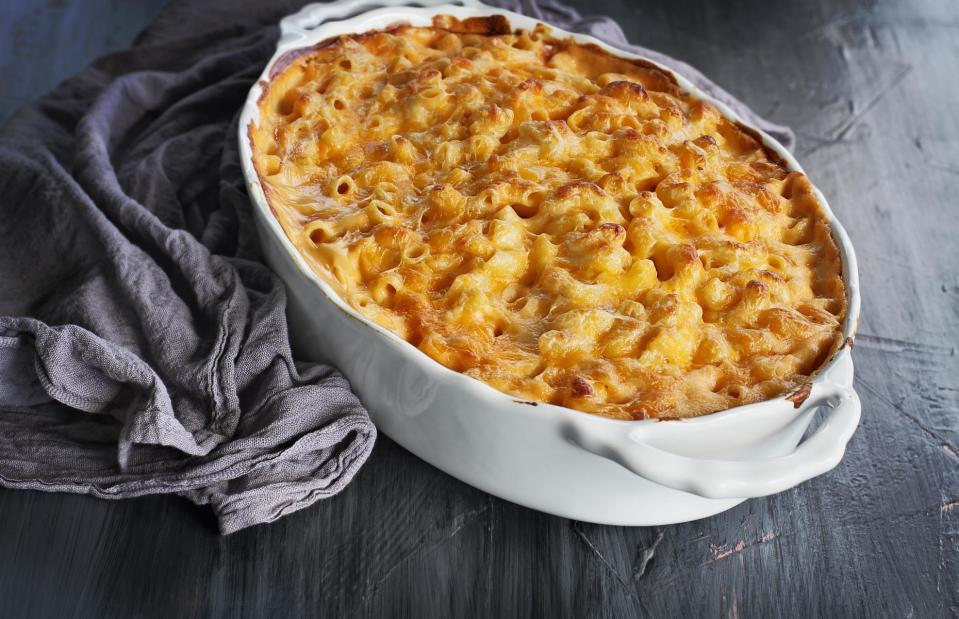
Stephanie Frey/Shutterstock
Mrs. Beeton's Book of Household Management went on to sell almost two million copies by 1868, but the first edition was met with accusations of plagiarism and inaccuracy. Among the eyebrow-raising advice was for a Victorian take on mac 'n' cheese, to be served as part of a cheese course. While her topping of bubbling Parmesan or Cheshire cheese hit the spot, the 1.5 hours to boil the macaroni "until quite tender" is enough to make any 19th-century Italian turn in their grave.
1890s: Sprinkle bicarbonate of soda on raw cheese
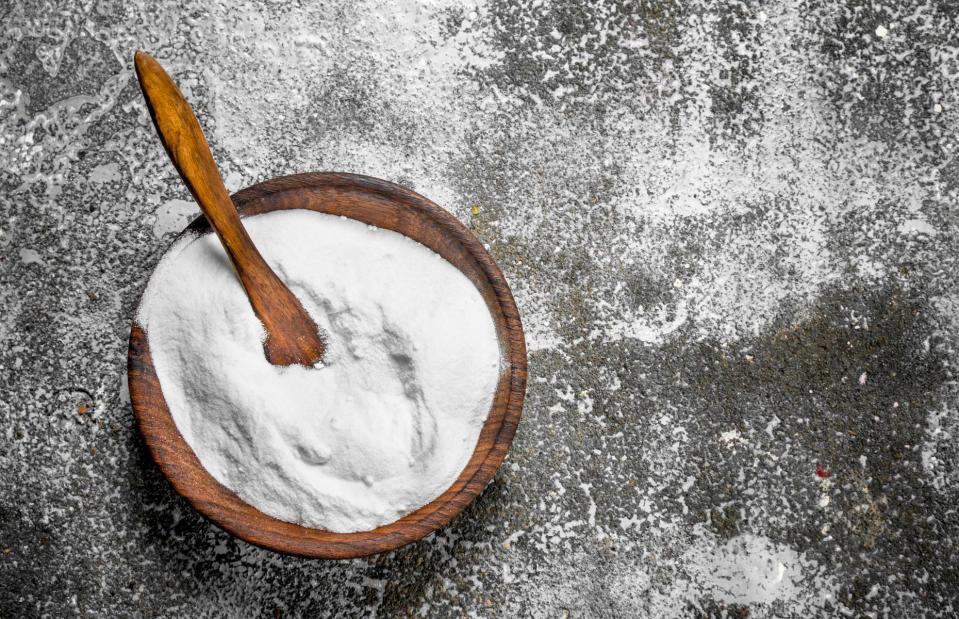
Artem Shadrin/Shutterstock
In 1896, Fannie Farmer’s Boston Cooking-School Cookbook revolutionised home cooking, introducing step-by-step instructions and standardised measurements for the first time. But not all its edicts have stood the test of time. "Cheese in the raw state is difficult of digestion", she notes, recommending adding a small amount of bicarbonate of soda to rich cheese to make it more palatable.
1890s: Start your day with a clam frappé
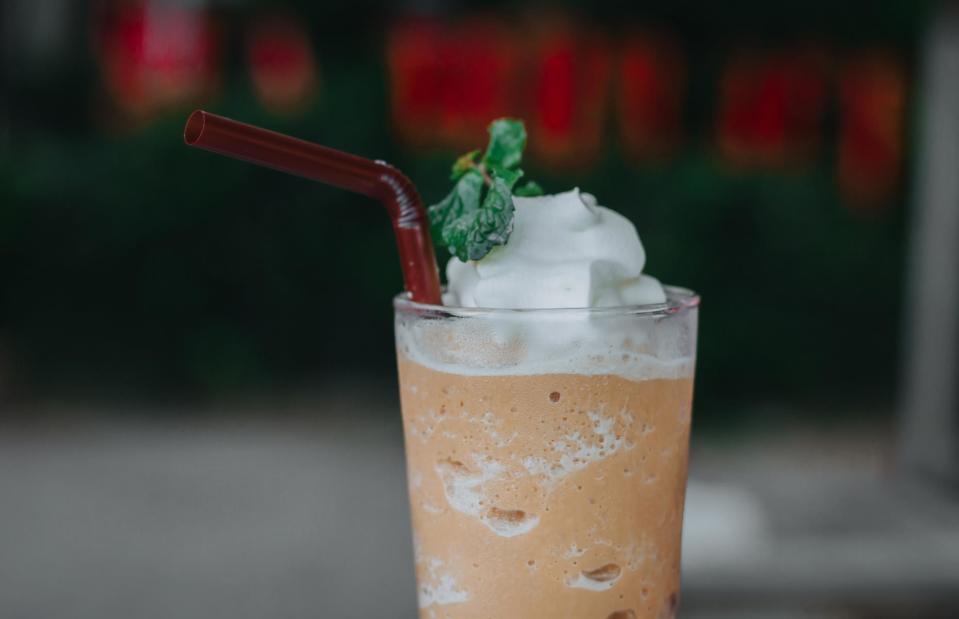
N_u_T/Shutterstock
Despite Fannie’s sometimes offbeat advice, her book went on to become a classic (you can still buy it today as The Original Fannie Farmer Cookbook). Plenty of her ideas were ahead of their time, and she championed everything from coconut butter to frappé coffees – or, if you prefer a savoury kick, a clam frappé made with half a dozen boiled clams and 3tbsp of water. Move over, Starbucks, there’s a new cult drink in town.
1930s: Bake apple pie without any apples
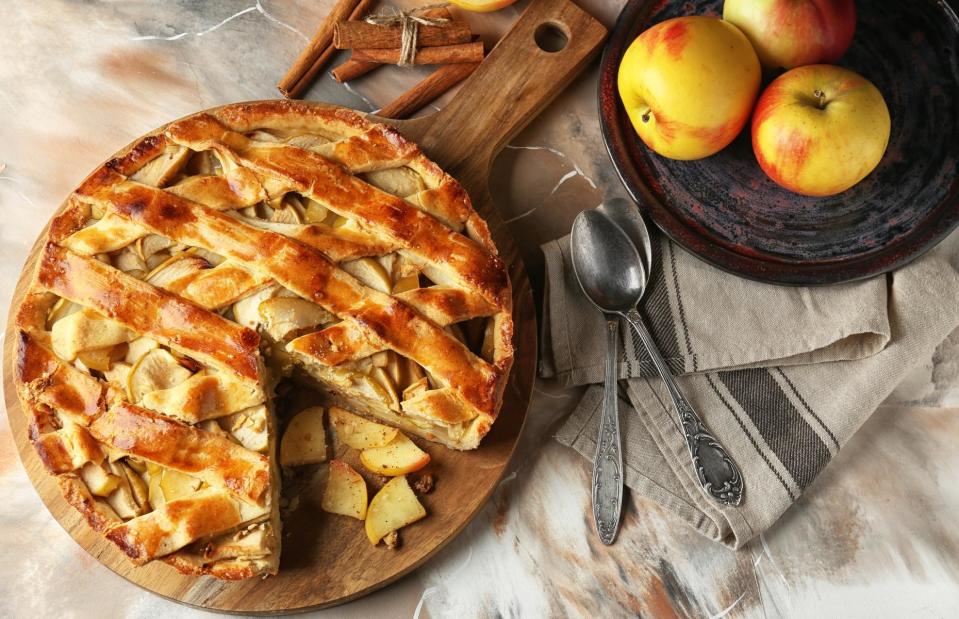
Pixel-Shot/Shutterstock
Necessity was the mother of invention during the Depression when money and fresh produce were scarce. For the canny marketers behind Ritz crackers, it also presented an opportunity. The recipe for "mock apple pie" that appeared on the side of a cracker box in 1934 went on to become a classic. No apples were harmed in the making of this dessert, with a filling containing nothing more than crushed Ritz crackers, water, cream of tartar, lemon and cinnamon.
1930s: Cook with radium chocolate
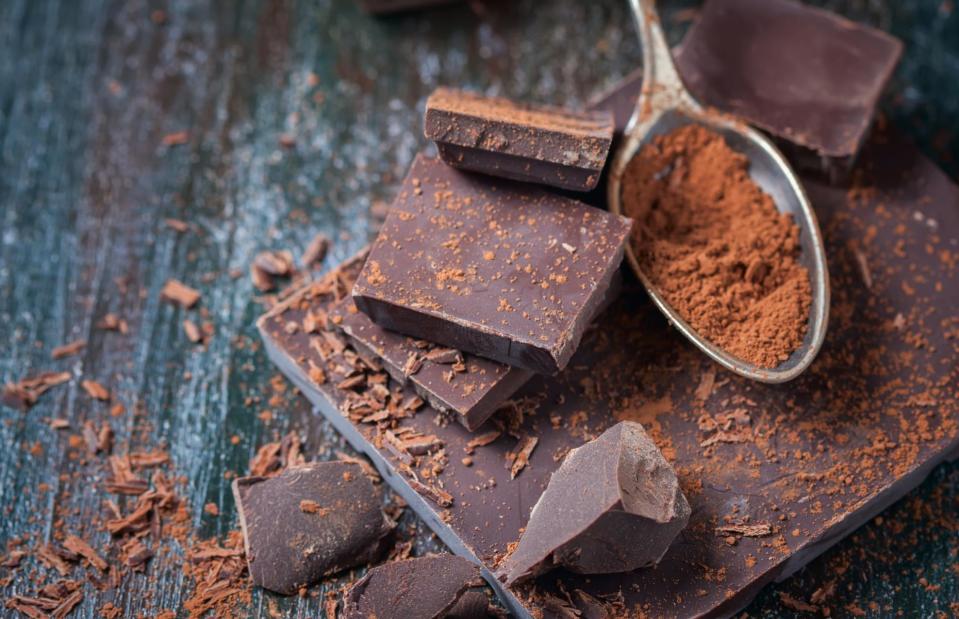
Gulsina/Shutterstock
While great culinary strides were being made at the turn of the 21st century, some food fads were still downright dangerous. Between 1931 and 1936 German company Burk & Braun were promoting and exporting Radium Schokolade (chocolate made with radium water). Unbelievably this highly radioactive treat – to be eaten in squares or melted into hot chocolate – was claimed to have miraculous powers of rejuvenation.
1940s: Add ice cream to two meals a day
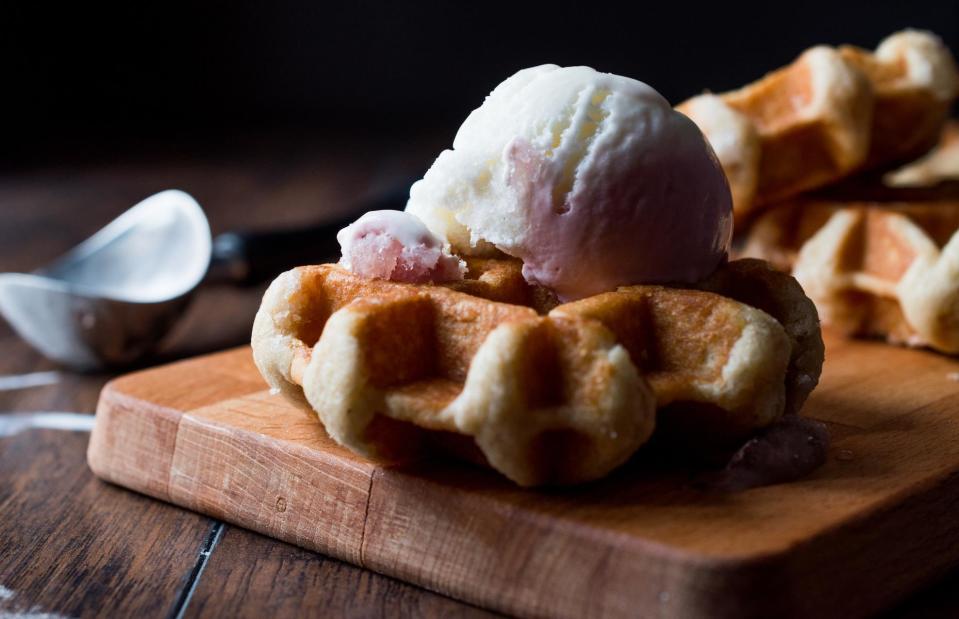
Alp Aksoy/Shutterstock
If you managed to steer clear of radioactive chocolate, even more dangerous trends awaited in the 1940s: dieting tips. Mid-century advice for staying slim was unconventional to say the least, although occasionally surprisingly appealing. You won’t have any trouble guessing what advice underpinned Marion White’s 1946 book Ice Cream Diets: scoop after scoop of ice cream added to two meals a day. Its pages also included handy diets "for the social butterfly" and tips for how to "diet at the soda fountain".
1950s: Bake casserole from a can
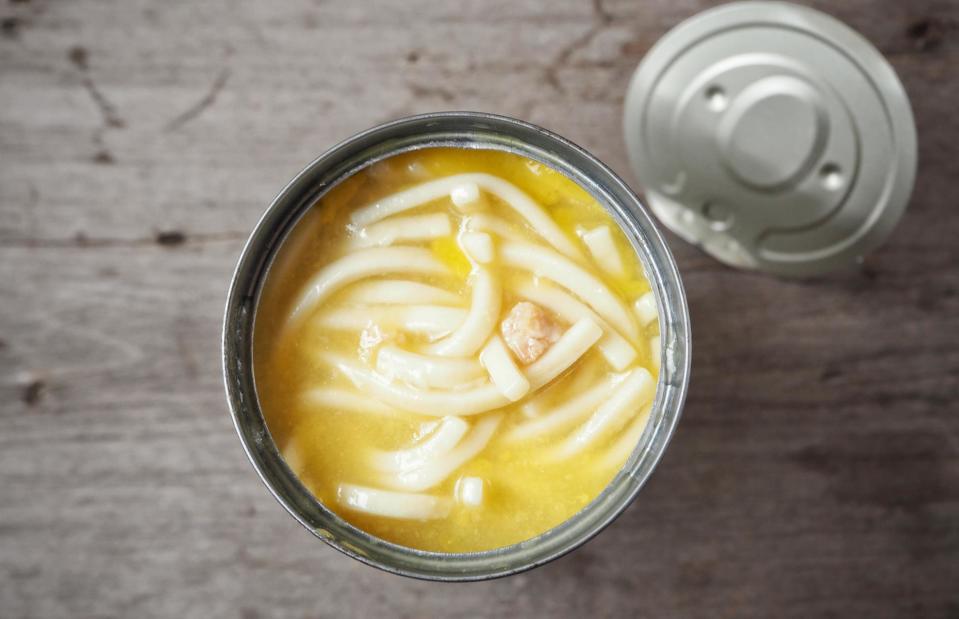
Successo Images/Shutterstock
In the 1950s, convenience foods ruled. Poppy Cannon was one of the earliest proponents, writing The Can Opener Cookbook in 1951. Even Ruth Reichl claims it was her mother’s go-to cookery bible, with quick-fixes like casserole à la king (tinned chicken and tinned macaroni grilled with a scattering of breadcrumbs) among the "mouthwatering dishes" to be "prepared in a minimum of time". While the book helped fuel a new generation of women "engaged in frying as well as bringing home the bacon", the recipes themselves weren't particularly appetising.
1950s: Inject lamb with hypodermic needles
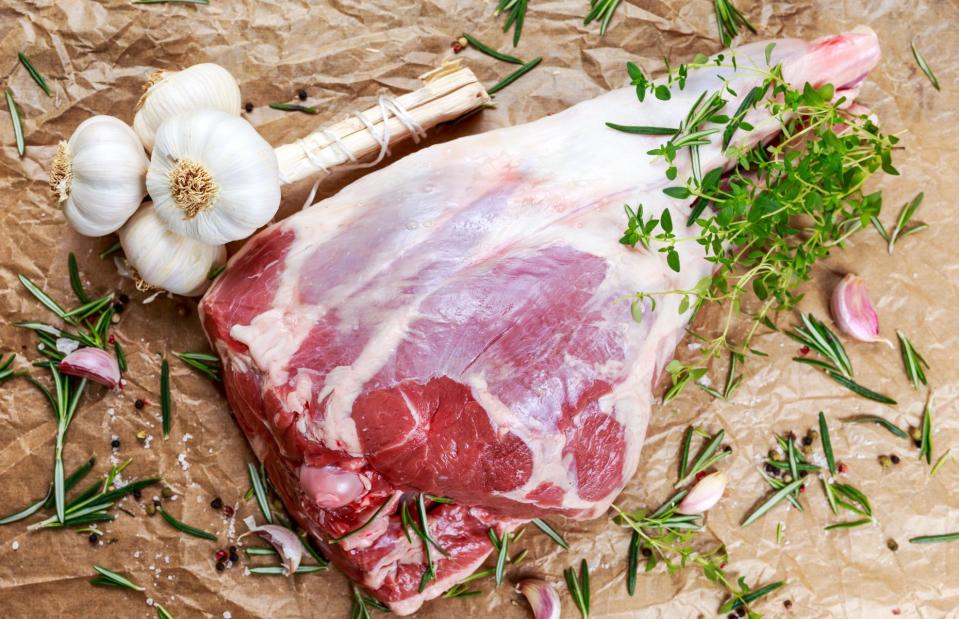
DronG/Shutterstock
Poppy Cannon’s one-time collaborator Alice B. Toklas wrote her own eponymous cookbook in 1954 (now published as Murder in the Kitchen). Witty and unconventional, it blended recipes with insights into the author’s life with her partner Gertrude Stein. Most famous are her hashish fudge ("an entertaining refreshment for a Ladies’ Bridge Club") and gigot de la clinique. This leg of lamb was marinated for a week, with no mention of refrigeration, and injected daily with cognac and orange juice through a medical-grade hypodermic needle.
1960s: Use asbestos to help your bread rise
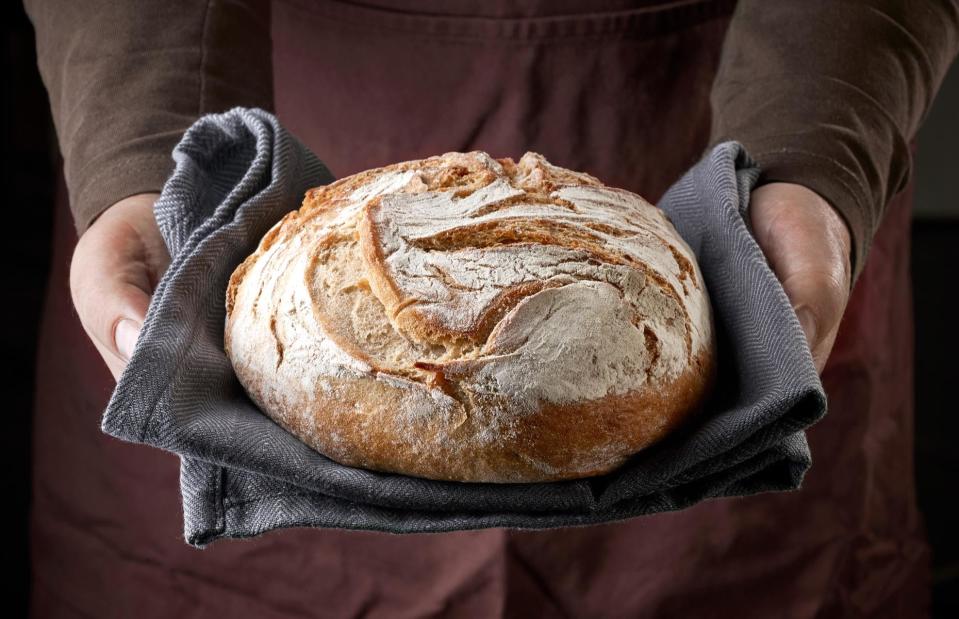
MaraZe/Shutterstock
Even America’s most-loved TV chef Julia Child isn’t exempt from the culinary catastrophe hall of fame. In her memoir she revealed that the first edition of Mastering the Art of French Cooking recommended baking bread on asbestos tiles. Thankfully this example of her husband Paul’s "usual Yankee ingenuity" was struck from subsequent editions after asbestos was found to be a carcinogen. A regular floor tile proved to be quite sufficient to get the baking surface to her required temperature.
1960s: Wash raw chicken
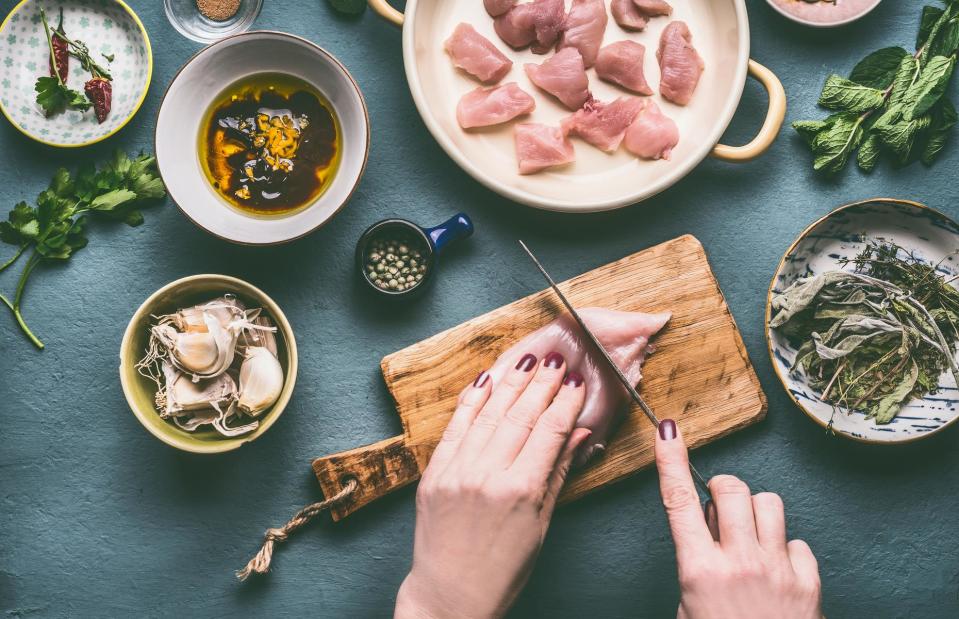
VICUSCHKA/Shutterstock
Asbestos aside, Julia Child’s straight-talking cookery advice mostly remains just as relevant and reliable today as it was when Mastering the Art of French Cooking was first published in the 1960s. The exception? Her insistence that washing raw chicken is "the safest thing to do". It’s since been proven that this spreads bacteria, including salmonella and campylobacter, with infected water droplets travelling up to half a metre from the sink. The most recent advice is to avoid the practice altogether.
1970s: Make eggs benedict with bananas
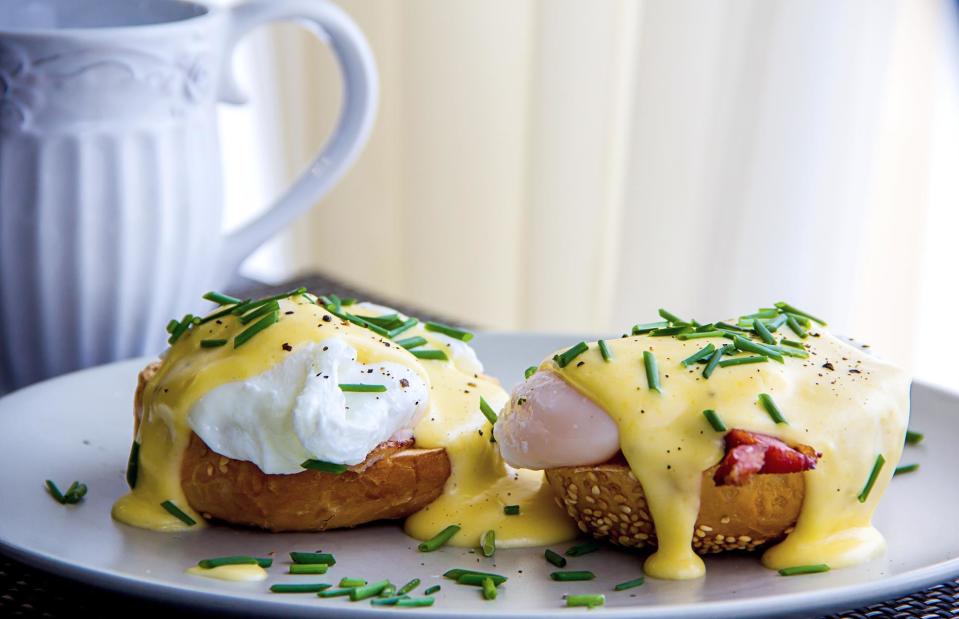
Proxima13/Shutterstock
We have McCalls Great American Recipe Cards to thank for the most disgusting cooking advice to come out of the 1970s: the suggestion to make eggs benedict with bananas instead of English muffins. Entitled "ham and bananas hollandaise", the dish served six, allowing for a generous portion of two baked and instant-hollandaise-smothered bananas apiece.
1970s: Make mock chicken with veal and pork
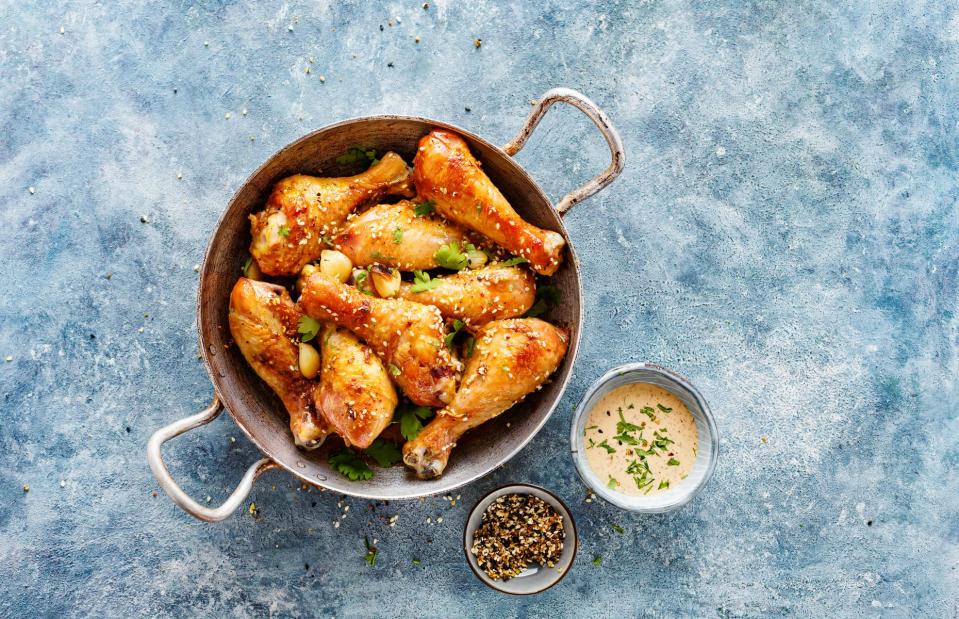
Valentina_G/Shutterstock
No other book has shaped American cuisine like the encyclopedic Joy of Cooking, first published in 1931 and now on its eighth edition. Given its long history, some recipes have aged better than others. Take the book’s 1975 version of mock chicken, for example, made with veal and pork. Carefully shaping these faux drumsticks might have been logical when chicken was the more expensive meat, but today it’s a perplexing idea for a substitute.
1970s: Cook condensed milk until it explodes
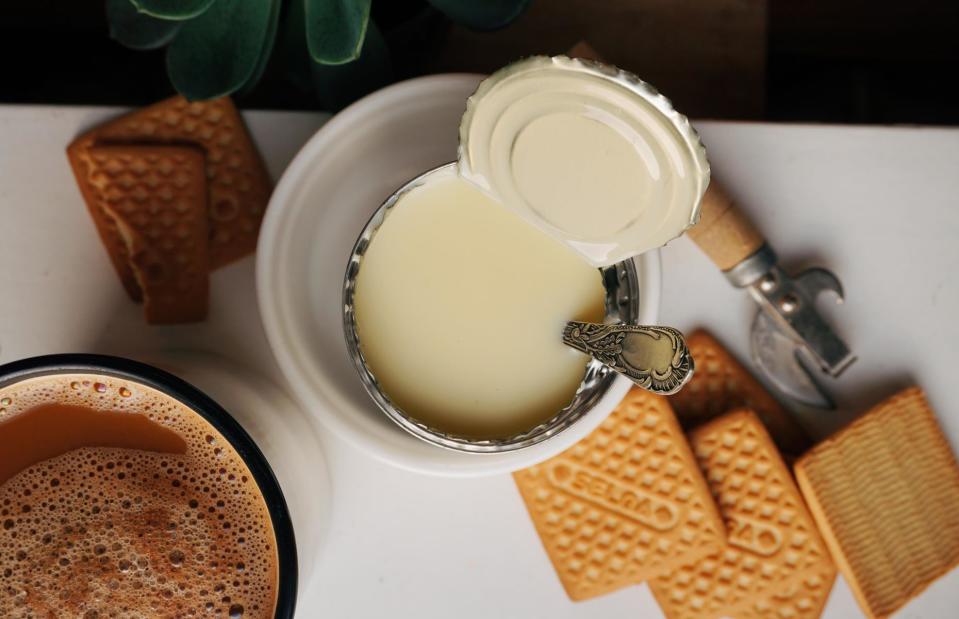
Nzozo/Shutterstock
Despite the apparent lack of science underpinning many bestselling cookery titles, only a few have actually been recalled. Among those to receive this dubious honour was Woman's Day Crockery Cuisine, published by Random House in 1978. Its recipe for caramel slices recommended heating a sealed can of condensed milk in a dry crock pot for four hours, by which time it would have exploded, destroying the pan – and potentially the unwitting baker’s kitchen.
1980s: Make mash with crisps
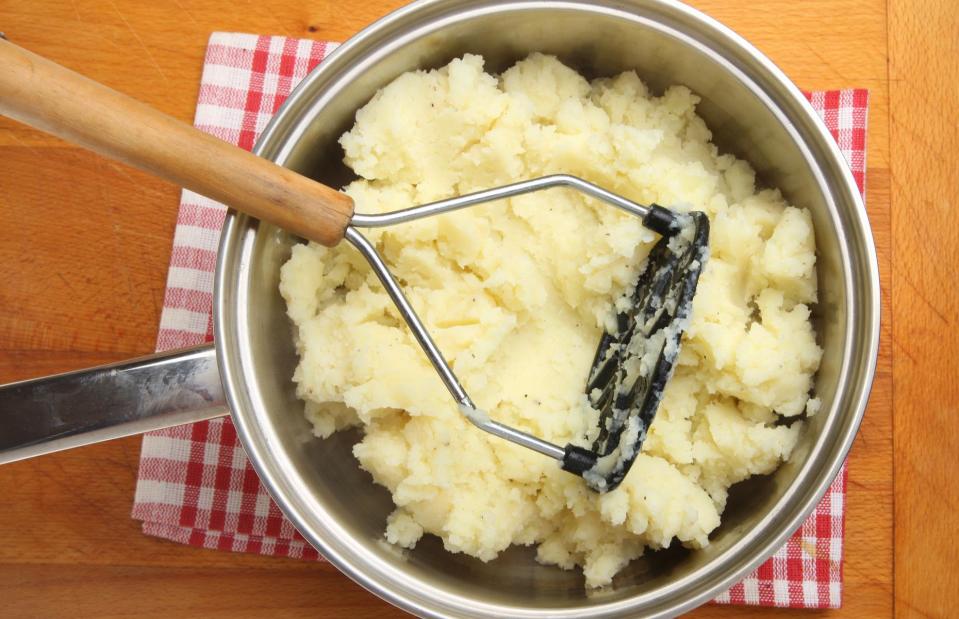
Joe Gough/Shutterstock
It might not come as a surprise that the 1980s were a bumper time for questionable culinary advice. Niche trends of the decade even included crisp cookery. According to Cooking With Crisps, blending crushed crisps into mashed potato makes the perfect crunchy topping for a fish pie, or if you choose to follow the Potato Chips Cookbook: 101 Recipes With Potato Chips, they can even be added to "yummy, home-cooked dishes like chicken crunch salad".
1980s: Set your salad in jelly
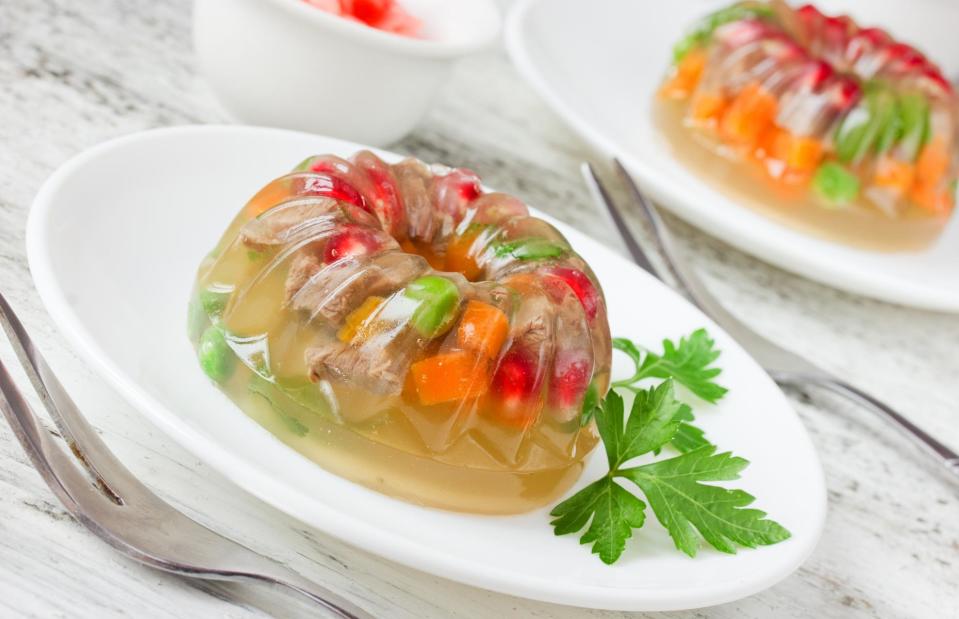
Anastasia_Panait/Shutterstock
No-one represents 1980s culinary mishaps like Betty Crocker, the fictional home cook dreamed up by the Washburn Crosby Company. Dinner parties simply weren’t complete without a few of her towering aspics. One of her finest creations was published in the 1983 Betty Crocker Christmas Cookbook, a monstrous gelatine centrepiece made from pineapple, cream cheese, cream and celery, all set in a lime jelly mould.
1980s: Brown meat with Worcestershire sauce
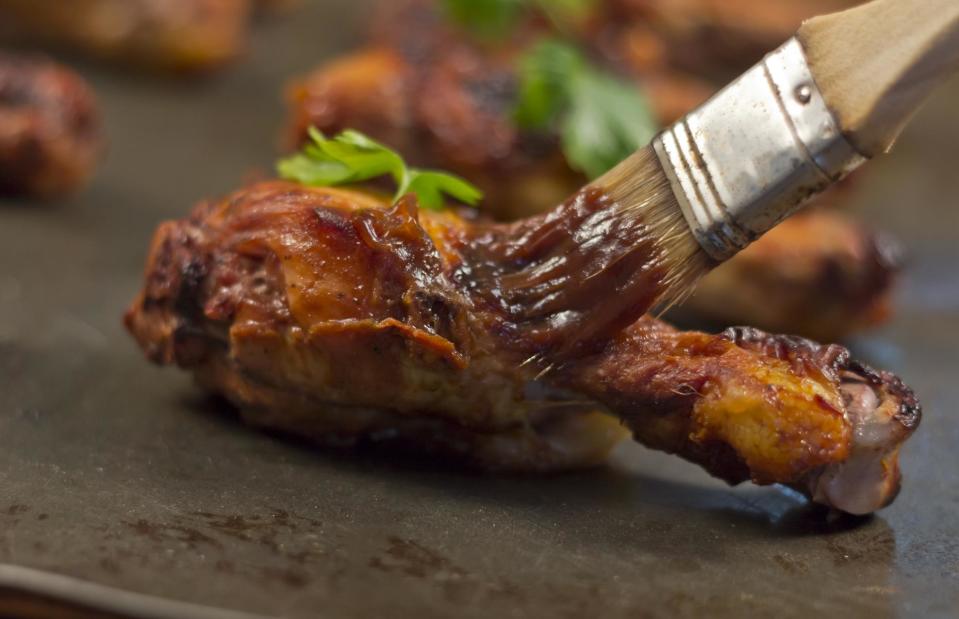
Ezume Images/Shutterstock
Although it was invented years earlier, it wasn’t until the 1980s that the microwave became a kitchen staple. A whole new world of simple recipes opened up to home cooks, but traditional roast dinners presented a problem. How do you brown a joint of beef without an oven? Gail Duff’s solution in her 1984 book Microwave Cookery was simply to paint the meat with a combination of Worcestershire sauce and mushroom ketchup. Delicious.
1980s: Microwave your cereal
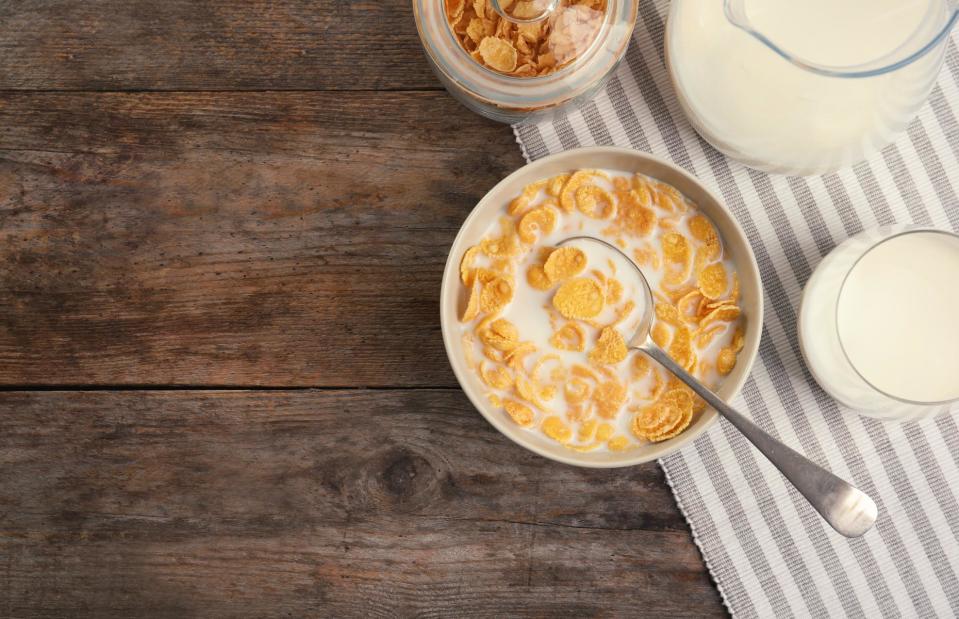
New Africa/Shutterstock
Even cereal wasn’t exempt from a quick zap in the microwave. Marie Smith’s 1986 Microwave Cooking for One (a title so bleak it’s made several pop culture cameos, including on The Mindy Project) advocated microwaving cornflakes and milk until lukewarm. On the brighter side, her recipes for blueberry cake and French toast heralded an era of mug cakes decades before the trend took hold.
1980s: Serve peanut butter with steak
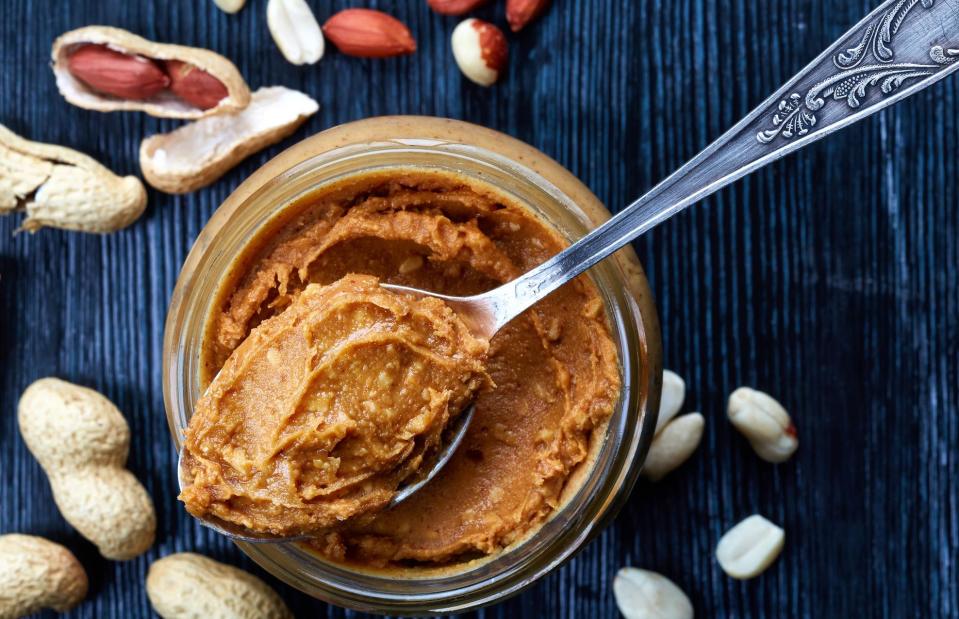
Baibaz/Shutterstock
Celebrity memoirs never disappoint when it comes to curious cooking advice, but few are quite as barmy as Elizabeth Taylor’s Elizabeth Takes Off. In 1988, the Hollywood star revealed she started her day with a mixture of cottage cheese and sour cream on fruit, then enjoyed peanut butter and steak sandwiches for dinner. She favoured a similarly unlikely flavour combination with hamburgers, serving the patties with peanut butter and bacon inside a scooped-out French baguette.
1980s: Steam cucumber
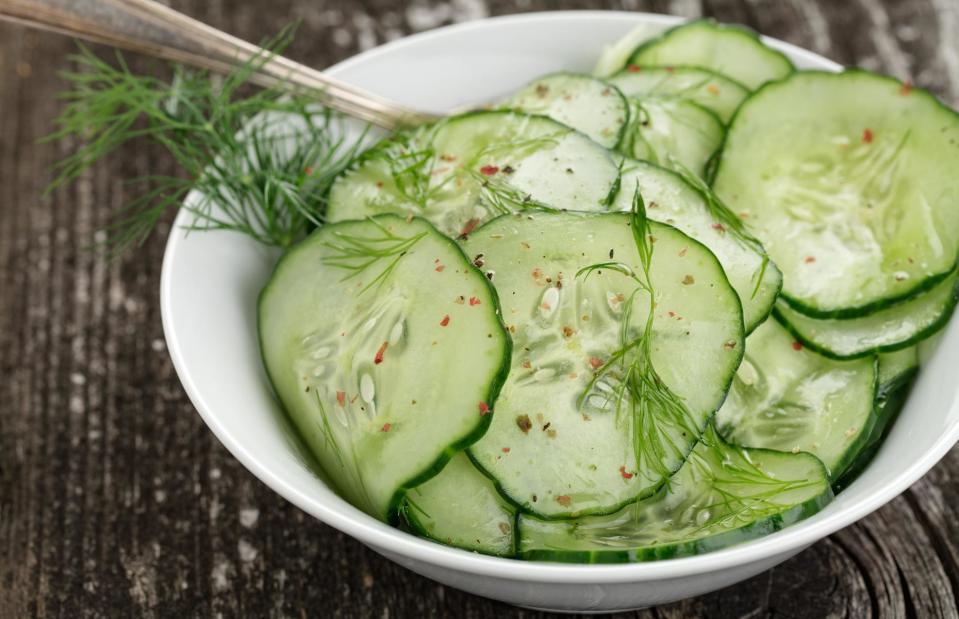
Manulito/Shutterstock
Back on healthier options, even crudités got the Elizabeth Taylor treatment. Cucumber wasn’t served raw, but peeled, sliced into rounds, seasoned with dill, salt and pepper, and steamed "until just slightly crisp". Thankfully one day a week was reserved for pigging out on her "wildest food fantasies", somewhat more conventional dishes like fried chicken and chocolate cake.
1980s: Cook fish on your car engine
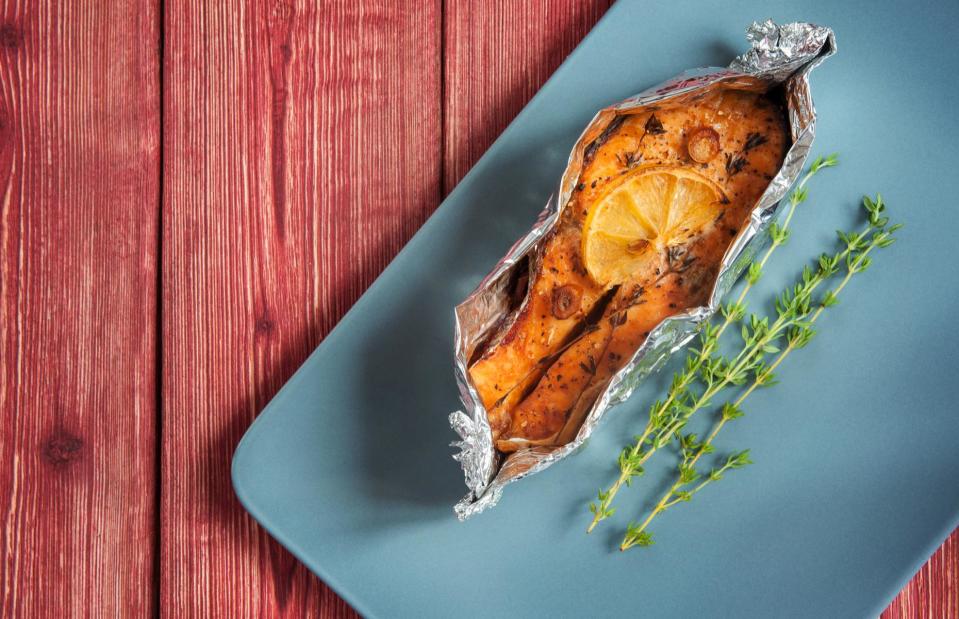
Kmat/Shutterstock
Outside the kitchen, the turbocharged cars of the 1980s typified the extravagance and consumerism of the decade. By 1989, there was even an essential recipe collection for petrol heads: Manifold Destiny, one of the strangest cookbooks ever published. The "one and only guide to cooking on your car engine" professed that with a little bit of ingenuity and "a whole lot of aluminium foil" you could do anything from make s'mores in a Škoda to poach fish in a Porsche.
1990s: Make pizza on a bagel
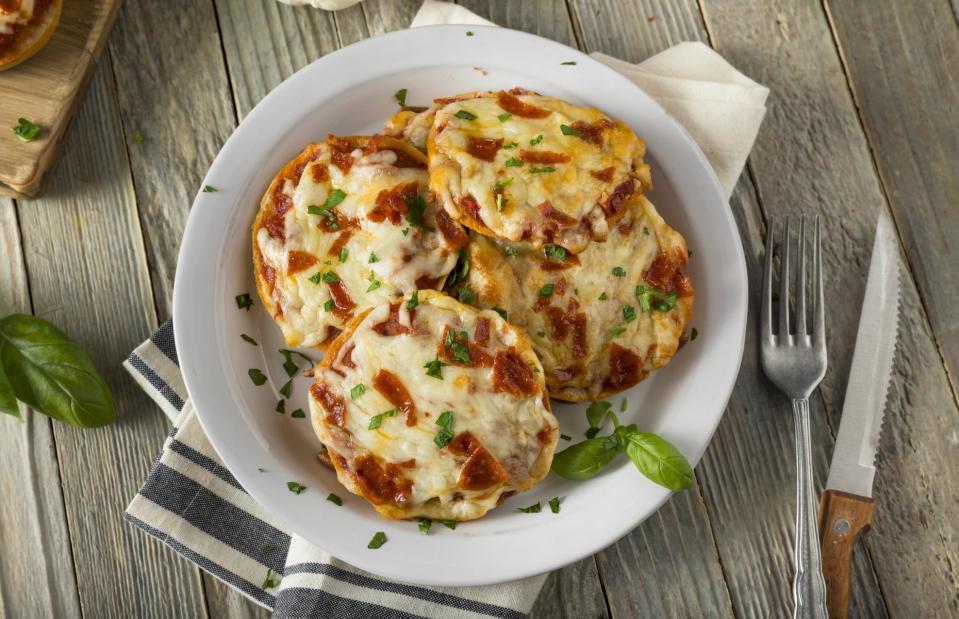
Brent Hofacker/Shutterstock
We had a love affair with all things Italian in the 1990s. Pesto, sun-dried tomatoes and balsamic vinegar were just a few of the ingredients to become store-cupboard staples, but the idea of authenticity had yet to catch on. Enter the pizza bagel, smeared with store-bought sauce and topped with bouncy mozzarella (bonus points for sliced Peperami). The perfect post-school snack or a culinary and cultural abomination? You decide.
2000s: Add hallucinogens to your salad
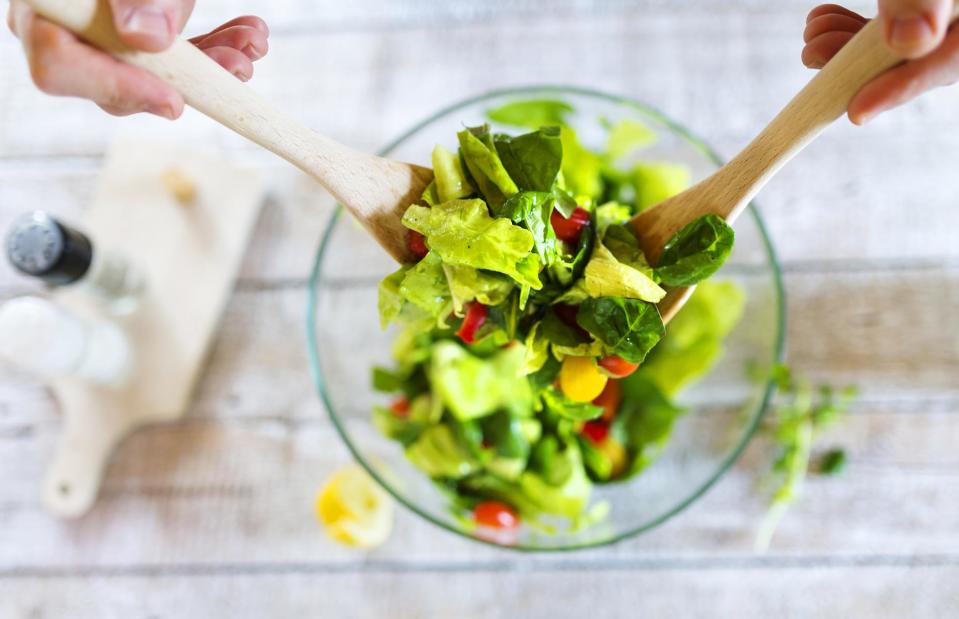
Halfpoint/Shutterstock
"Chef sorry for poison plant error" is the headline no restaurateur wants to read. Unfortunately TV regular Antony Worrall Thompson’s 2008 confusion between henbane (a hallucinogen causing drowsiness, disorientation, seizures and death) and fat hen (an edible wild herb) had the press in uproar. For the record, if you find the former you should never "use its leaves in salads like spinach, make tea and eat the roots".
2010s: Bake "sex bark" with laxatives
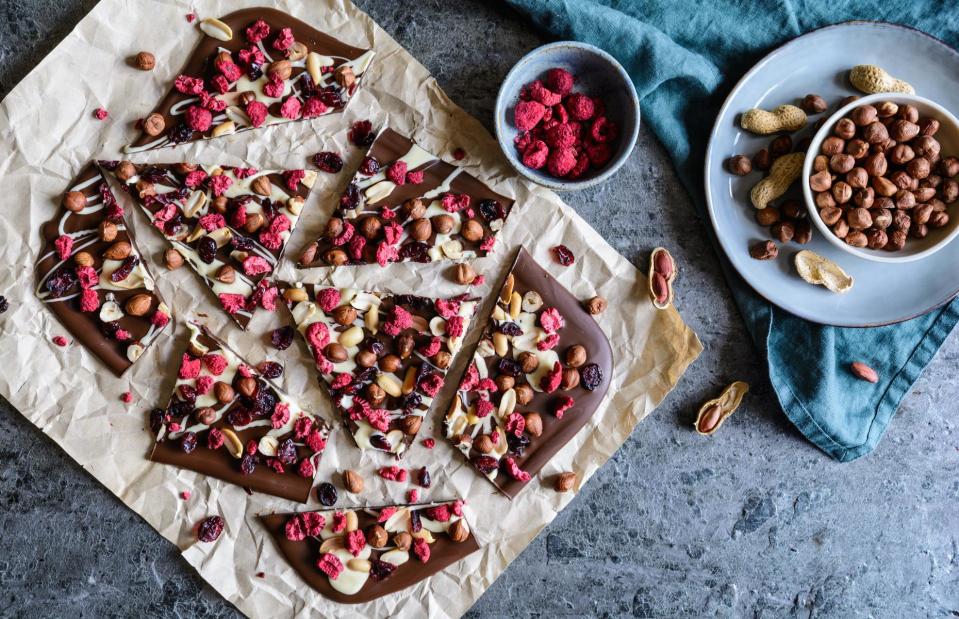
NoirChocolate/Shutterstock
Launched in 2008, Gwyneth Paltrow's Goop lifestyle site has faced criticism from health and nutrition professionals. One of the most dubious ideas published on her lifestyle site Goop was a 2015 recipe for a "quick and potent chocolate recipe" called "sex bark". Hidden in the ingredients of the "Sex Dust" mixed with coconut oil, ghee and cacao nibs was the supplement ho shou wu, not only believed to cause liver damage but also to act as a laxative. Thanks, GP, but we’re not convinced this is romance at its finest.
2010s: Serve fried eggs on lettuce
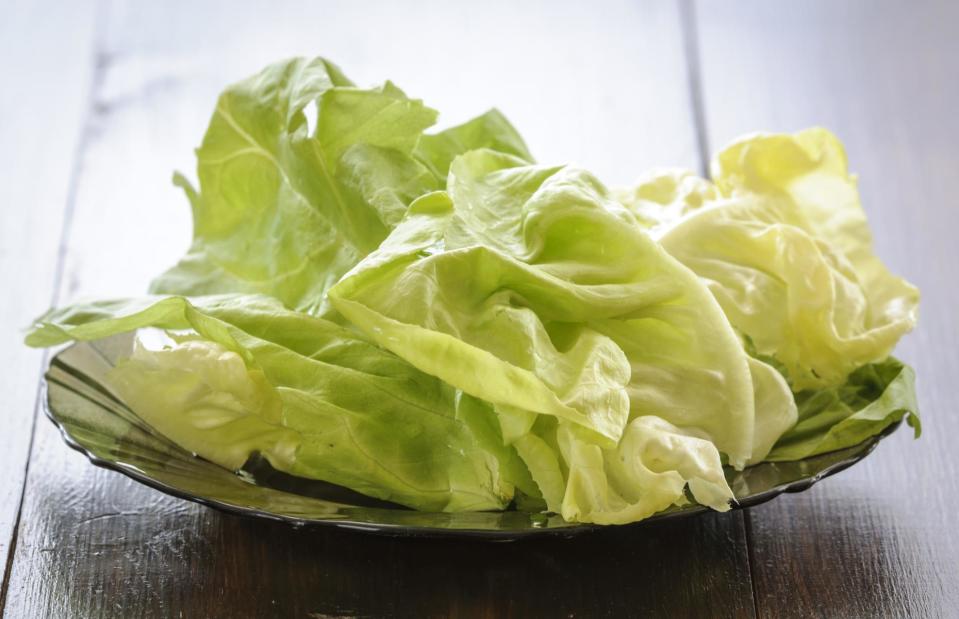
Rlat/Shutterstock
“I suppose this riff, in a way, is like a little culinary joke,” Nigella Lawson said of the infamous reinvented Caesar salad she made on her show Simply Nigella in 2015. If you’re picturing lettuce lavishly dressed with croutons, anchovies and Parmesan, think again. This recipe was a little simpler and a lot less appealing: iceberg lettuce baked until wilted and topped with a runny fried egg.
2010s: Dip poisonous mushrooms in chocolate
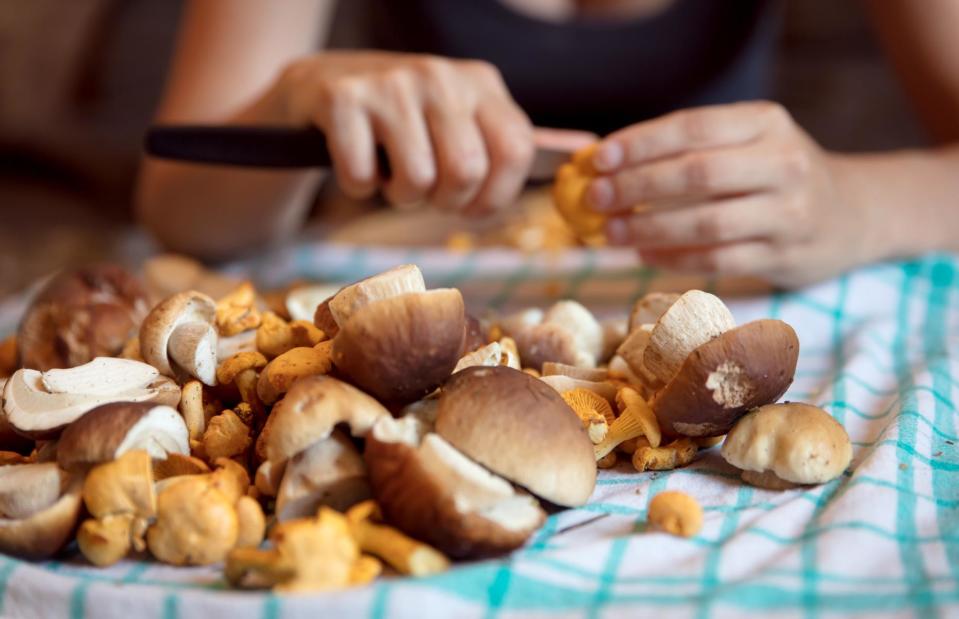
Miriam Doerr Martin Frommherz/Shutterstock
Influencer Johnna Holmgren, creator of whimsical lifestyle brand Fox Meets Bear, fell from grace when her debut cookbook for foragers and "adventurous eaters" was cancelled by her publisher. Among her suggestions were serving uncooked wild rice, munching on acorns (inedible when raw) and coating raw morels in chocolate (likely to cause nausea and vomiting). It might not look as good on Instagram, but sometimes it’s safer to stick to the supermarket.


